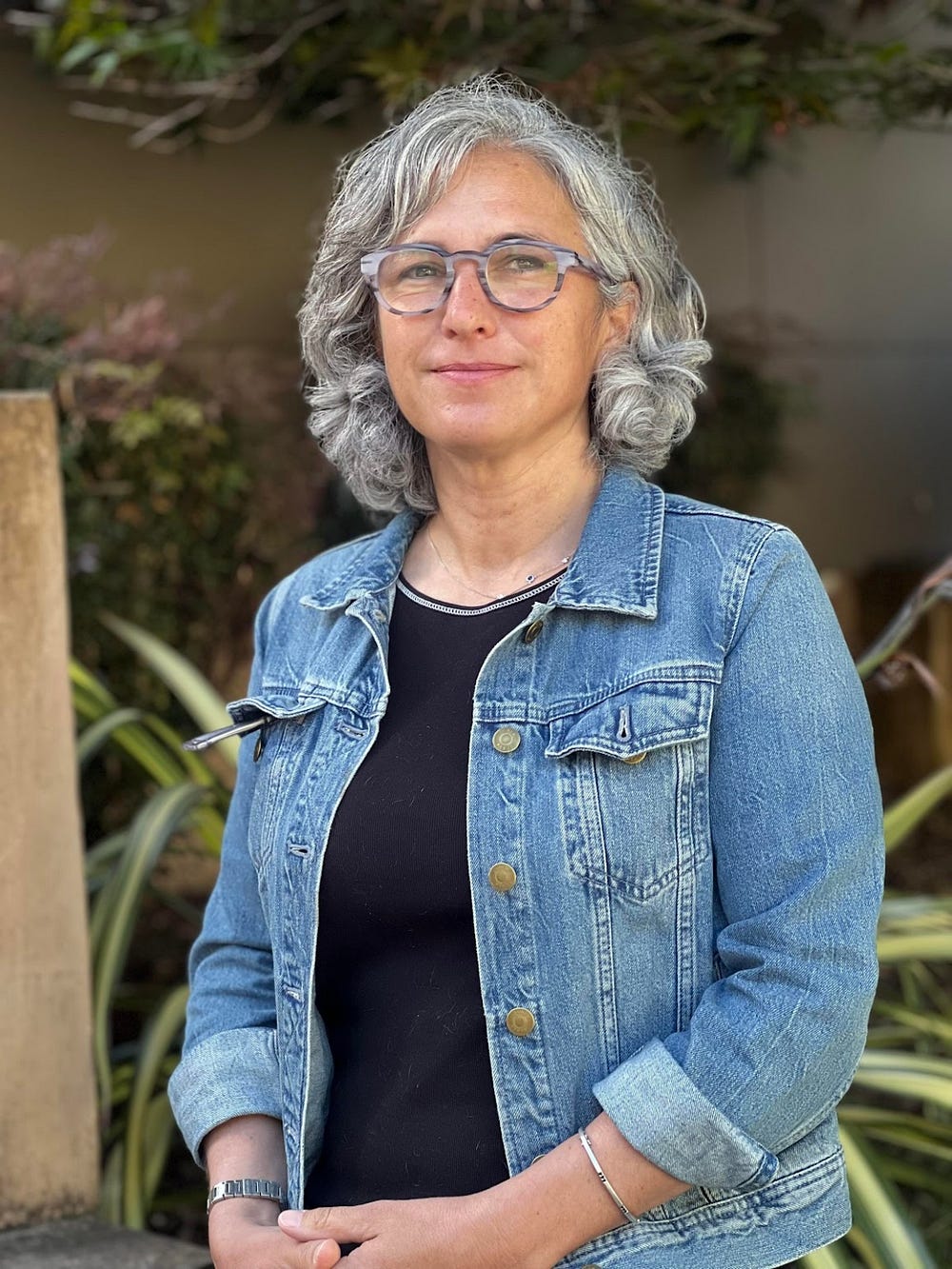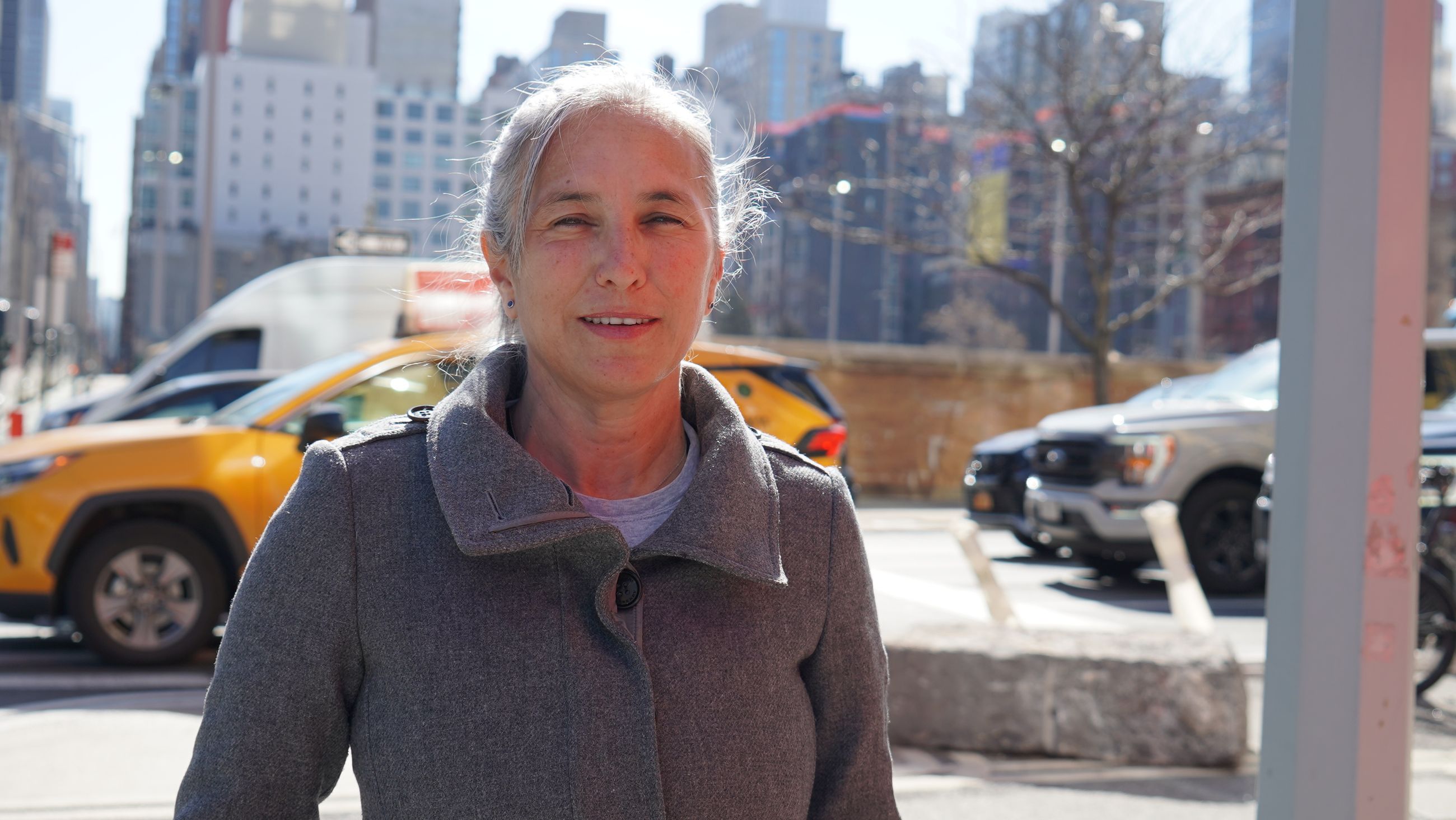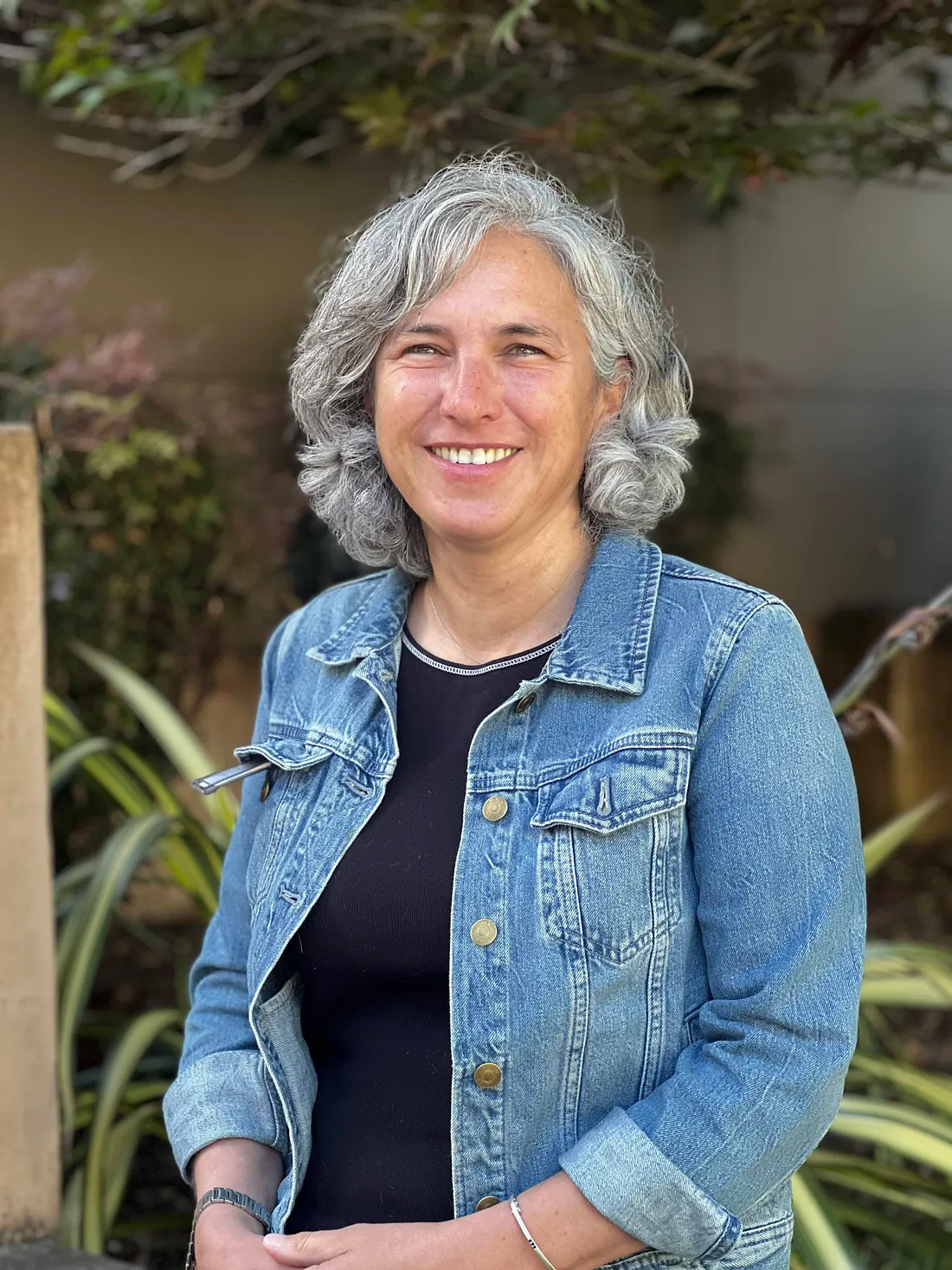Growth: There needs to be a focus on where your growth is coming from a customer level, a product level, and a cash needs level. We are all out here to build meaningful businesses. Sometimes, the answer is “I need to sell” or “I need to do these five things to triple my revenue.” What’s your growth strategy? How sensitive is that to your current model?
Aspart of our series on “The Top 5 E-commerce Trends Shaping the Future of Online Shopping,” we had the pleasure of interviewing Lisa Marino.
Lisa is the co-founder and CEO of The Dopple, a platform revolutionizing the baby registry industry and subscription box model. By giving expectant parents the ability to leverage their village for necessary products, services, and recurring needs — such as diapers and formula — The Dopple is meeting the ever-evolving needs of modern parents. We sat down with Lisa to discuss how e-commerce is changing and how her innovative business model is solving pain points for parents.
Thank you so much for your time! I know that you’re super busy. Before diving in, our readers would like to get to know you. Can you tell us a bit about your backstory and how you grew up?
Ihad an unstable home life growing up, so I moved out on my own in high school. I was also the first person on both sides of my family to graduate college. I had no choice but to be a tough kid and hard worker from the beginning.
Once I completed undergrad, I went into tech M&A, which taught me how to buy companies. If you look at my background and professional successes, they center on finding undervalued acquisitions and turning them around with a team of operators. Dopple is no different.
Today, I’m a mom of two, and an entrepreneur, and have been in digital media for over 20 years but had a fraught path to success. In 2002, when my daughter was born, I had just finished Stanford Business School and could not secure insurance due to my “pre-existing condition” (being pregnant). This was also during the first dotcom crash so my then-husband was unable to find a job. We had no choice but to go on welfare and depend on our “village” to support our new family. Without the support of our parents, siblings, loyal friends, and the State of California, we would not have made it through. That experience taught me one of the most important lessons of my life: our families are immeasurably strengthened when we can marshal the support of our community.
A few years ago, I joined the board of Pacific Clinics, a not-for-profit in California. Through my board participation, I saw at a much larger scale how low to mid-income families struggle the way we did 20 years earlier, except many of these families do not have the support we had.
I share this backstory about a difficult and humbling period in my life because it’s the catalyst driving our modern take on baby registries. Our group gifting platform leverages a family’s “village” to make sure parents can access the recurring purchases and needed pre- and postpartum health services that don’t really exist in common registries.
What led you to this specific career path?
As a mother who experienced a lack of resources when starting my family, I know how it feels to need the support of one’s village. Later, Pacific Clinics taught me how unequal access to needed products and services is, which has always been something I was passionate about.
I have been working in the digital media parenting sector since 2012. In 2019, I founded a parenting website and community with over 80M followers. We were mid-development on a baby registry in the summer of 2023 when I was approached with the Dopple acquisition. During the diligence process, I realized how transformative a gifted subscription service could be to a basic registry. It was a real “aha” moment because group gifting could revolutionize what it means to cover expenses for pregnancy and a child. We could level the playing field for low-to-mid-income families as it relates to access to products and services.
Can you share the most exciting story that has happened to you since you began at your company?
Without a doubt, it’s how we level the playing field for access to critical registry components such as recurring purchases like diaper subscriptions and access to services like night nurses, doulas, and midwives. Parents historically pay for these things out-of-pocket, and typically, only the more affluent parents can access these critical services.
By creating a group gifting platform, we can now keep many more families that are mid-to-low income healthy. Additionally, we can get these crucial necessities subsidized beyond a family’s village via corporate philanthropy and state and local grants. With the registry and group gifting, as we start including more and more services and options for families that go beyond pre and postpartum, it gets more exciting. You will be able to group gift childcare, therapy, and school tuition — there are so many places you can take this to make a difference for families. Realizing how big this can become and how many families we can impact is the most exciting part of the venture.
What are some of the most interesting or exciting projects you are working on now? How do you think that might help people?
We are now onboarding service providers and expectant families. We are seeing the impact we are having on these communities from both the vendor and consumer sides, and their enthusiasm is contagious. We are also seeing opportunities with the corporate philanthropy side of things. It’s all very exciting!
You’re a successful business leader. What are three traits about yourself that you feel helped fuel your success? Can you share a story or example for each?
- Hire well: I have previously worked with all of the people we have working at The Dopple. I am all about creating relationships with proven leaders who not only embrace our vision but who I know work well together. That is huge when you are getting something off the ground. You have to trust one another, truly be a team, and be selfless.
- Do it to yourself before it gets done to you: Starting a new company is hard. There are a lot of difficult decisions and tradeoffs made in the process. If you are not willing to look the tough problems in the face and make the tough decisions proactively, the lack of decision-making — your hesitation — will take that decision out of your hands. You will have fewer degrees of freedom. Probably the most painful example is when you have to let people go in a cash-constrained company. It takes a lot to actually execute it, knowing you’re impacting families and incomes, but for the business to survive, you have to make those decisions.
- Being comfortable with risk-taking: I never assume that I am the smartest person in the room, but I know I’m always the hardest worker and most thoughtful, fearless, and deliberate risk-taker in the room. That’s how I’ve succeeded.
Excellent, thanks so much for sharing that. I want to shift gears and talk about ecommerce. What was the original vision for your ecommerce business? What pain point(s) were you trying to solve for your customers?
With my prior media business, we knew that the ad-supported side would not grow beyond low single-digit millions in revenue. I needed to find a growth engine, and I knew e-commerce would do this, but it took a while to find something that worked.
As part of that process, we were already building a registry under this media entity, and we serendipitously came across the acquisition opportunity of The Dopple.
Combining the registry with the subscription business unleashed the ability to think differently about what families need as they are going through the process of raising a child. Removing rules and constraints allowed us to fix all the things that were broken in today’s registries. We can be a real disruptor in the space.
How do you see the ecommerce industry evolving in the coming years?
Clearly, it is putting a big hurt on the brick-and-mortar side of things. It’s challenging with the likes of Amazon as they continue to grow and expand, sucking all the air out of the room. You need something that only you can provide. The Life Registry is so much more than products. It’s any product or service where you can leverage your village.
How do you balance the need for innovation and experimentation with maintaining a stable, reliable ecommerce infrastructure?
We do a lot of work upfront with customer research, feedback, and iteration before we build anything. The worst thing we can do is build something and be so far off that we need to start the process over again. But when you are spending the time and money upfront to get it 60–70% of the way there, you end up having to do a lot less on the coding side, and you can test many different concepts, user flows, and offerings by leveraging the research.
By the time we get a product we believe in, it’s gone through multiple steps of customer feedback and iterations before it gets to coding. We optimize as much as we can before we get to engineering. It’s a much more efficient use of resources.
Besides tech, there are many other opportunities for innovation. When you are actively driving revenue, you need products and systems up and running, infrastructure, and people. On the operational side, there is a lot of innovation. We think about things and spec them out first before we code them. Once they’re ready to be deployed, we operationally train the team.

Ok super. Here is the central question of our interview. What five emerging trends do you believe will have the biggest impact on the future of online shopping? Please explain each in detail.
- Convenience: We can make it simple for people to buy things in a repeat pattern. Other stores do this now, but eventually, all e-tailers will have to be fluent in this area.
- Trusted relationships: If companies expect repeat purchases, people need to build trusted relationships with brands. How you communicate, your pricing, and the convenience you provide — everything you would do in a brick-and-mortar store — is crucial. You have to do all of it online.
- Group gifting: It’s all about leveraging your village to help you get through life. We are creating a structure that doesn’t exist today. We are helping people be clear and transparent with friends and family about how to best offer support.
- Understanding your customer base: You have to know your target audience. There’s a lot of machine learning and intelligence that can help you get to know your customer base that wasn’t available in the past. If you’re not leveraging that data and customer experiences to dictate pricing, purchasing, and communication, you are creating a business model that is far less sustainable.
- Growth: There needs to be a focus on where your growth is coming from a customer level, a product level, and a cash needs level. We are all out here to build meaningful businesses. Sometimes, the answer is “I need to sell” or “I need to do these five things to triple my revenue.” What’s your growth strategy? How sensitive is that to your current model?
Is there a past trend that’s now common practice in ecommerce that you would have spent 50% more time focusing on? Which one and why?
Knowing your customer, without a doubt.
Looking ahead, what are the biggest opportunities and challenges facing the ecommerce industry, and how do you plan to address them in the coming years?
You have two extremes happening: On one end are the big platforms — the Amazons and the Etsys of the world — which are aggregating customers. On the lower end, things are very fragmented. Creating a model where you can exist in the world of Amazon is very critical.
Because Amazon is so large many small retailers are “fulfilled by Amazon” ventures. That’s great if you are in a product-driven niche. But, from our perspective, that’s very limiting. There is little differentiation, a low ability to gift, and things are product-heavy vs. being able to offer services as well.
E-commerce needs to be broader than simply “buying stuff.” It needs to include products, services, and recurring items — things people need over time and consistently, rather than just “buying stuff from Amazon.”
You are a person of significant influence. If you could start a movement that would bring the most amount of good to the most amount of people, what would that be? You never know what your idea can trigger. :-)
I’m doing it right now. Having had a child while on welfare, I know how important it is to leverage your village. We are changing how people raise their children with the platform we are building.
How can our readers further follow your work online?
Our Instagram is @TheDopple, and they can visit our website at https://www.thedopple.com/.
I want to thank you so much for your time and for sharing your expertise with us. I wish you continued success!
https://medium.com/authority-magazine/lisa-marino-of-the-dopple-registry-on-the-top-5-e-commerce-trends-shaping-the-future-of-online-e120d98a3ede










.jpeg)



